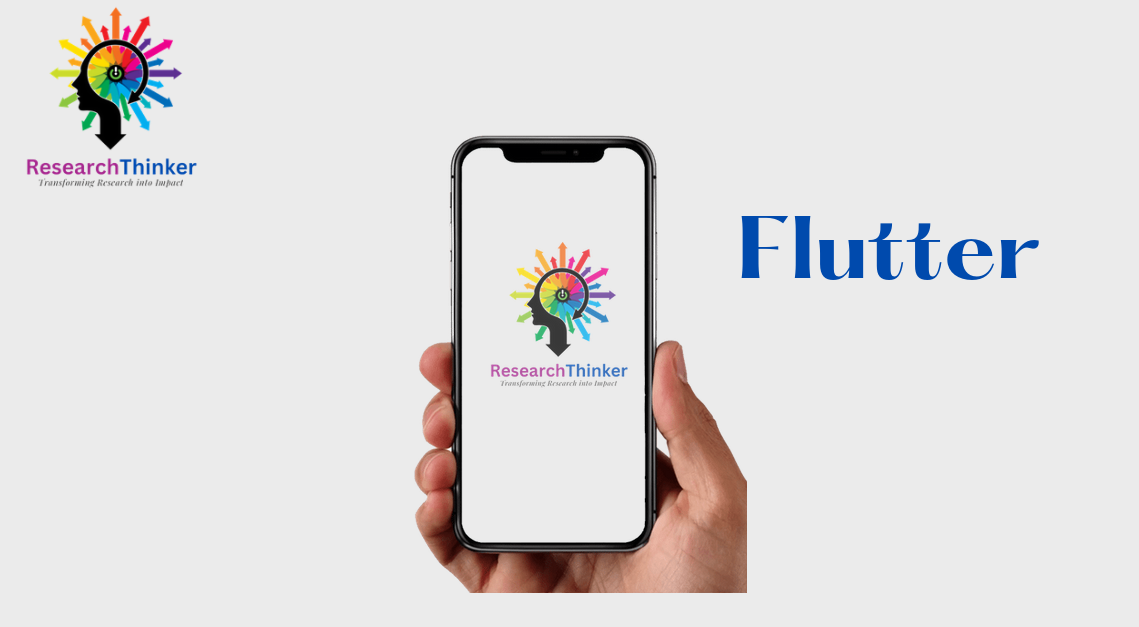Flutter’s uniqueness lies in its ability to provide a native-like performance and user experience across multiple platforms using a single codebase.
Flutter has several unique features that set it apart from other frameworks:
- Single Codebase: Flutter allows developers to write code once and deploy it on multiple platforms. This means that a single codebase can be used to create apps for iOS, Android, web, and desktop, saving time and effort.
- Fast Development: Flutter provides a hot reload feature, allowing developers to see changes in their code almost instantly. This speeds up the development process and enables rapid iteration, making it easier to experiment and refine the app’s UI and features.
- Customizable UI: Flutter offers a rich set of customizable widgets that allow developers to create visually appealing and responsive user interfaces. The flexibility of Flutter widgets enables developers to build beautiful and unique designs tailored to their specific app requirements.
- High Performance: Flutter apps are known for their high performance and smooth animations. Flutter’s architecture eliminates the need for a JavaScript bridge, enabling direct interaction with the device’s native components. This results in faster rendering and reduced performance overhead.
- Access to Native Features: Flutter provides access to a wide range of native device features and APIs through platform-specific integrations. This allows developers to leverage device-specific capabilities such as camera, sensors, location, and more, providing a native-like experience to users.
- Strong Community and Ecosystem: Flutter has a vibrant and supportive community of developers worldwide. This community contributes to the growth of the framework by creating and maintaining packages, libraries, and resources, making it easier for developers to find solutions and enhance their Flutter apps.
- Google’s Backing: Flutter is developed and maintained by Google, which means it benefits from Google’s resources, expertise, and commitment to ongoing improvement. The active involvement of Google ensures that Flutter stays up-to-date with the latest technologies and best practices.
These unique features make Flutter an attractive choice for developers who seek to build high-quality, visually appealing, and performant apps across multiple platforms using a single codebase.
Also those who want carrier in mobile app development it is a good option to start carrier with flutter because flutter has good features such as
- Fast Development: Flutter’s hot reload feature allows developers to see changes made in the code almost instantly, without having to restart the app. This speeds up the development process and enables rapid iteration.
- Cross-Platform Development: Flutter allows developers to write code once and deploy it on multiple platforms, including iOS, Android, web, and desktop. This saves time and effort as there’s no need to develop separate codebases for each platform.
- Beautiful UIs: Flutter provides a rich set of customizable widgets that allow developers to create visually appealing and responsive user interfaces. These widgets offer flexibility in design and can be easily customised to match specific app requirements.
- High Performance: Flutter’s architecture eliminates the need for a JavaScript bridge, resulting in fast rendering and smooth animations. Flutter apps are known for their excellent performance, enabling a seamless user experience.
- Access to Native Features and APIs: Flutter allows developers to access native device features and APIs through platform-specific integrations. This means that developers can leverage device-specific capabilities such as camera, sensors, location, and more.
- Material Design and Cupertino Widgets: Flutter provides a set of pre-designed widgets based on Material Design for Android and Cupertino for iOS. These widgets ensure a native look and feel on each platform, maintaining consistency and familiarity.
- Expressive and Declarative UI: Flutter follows a declarative UI programming paradigm, where developers describe the desired user interface using a widget tree. This approach makes the code easier to read, understand, and maintain.
- Dart Programming Language: Flutter uses the Dart programming language, which is easy to learn and offers features like a just-in-time (JIT) compiler for fast development and a ahead-of-time (AOT) compiler for efficient production-ready apps.
- Strong Community and Ecosystem: Flutter has a thriving community of developers and contributors, which means there is a vast array of resources, packages, and libraries available. This active community ensures continuous growth and support for Flutter.
- Platform Integration and Native Performance: Flutter allows deep integration with platform-specific APIs and services, enabling developers to access native functionalities seamlessly. This ensures that Flutter apps can deliver a native-like experience with high performance.
These features make Flutter a powerful framework for building cross-platform apps with beautiful UIs, high performance, and a fast development cycle.
Other Articles:-



